Monthly Content Planning: Map Out a Month of Posts in One Sitting
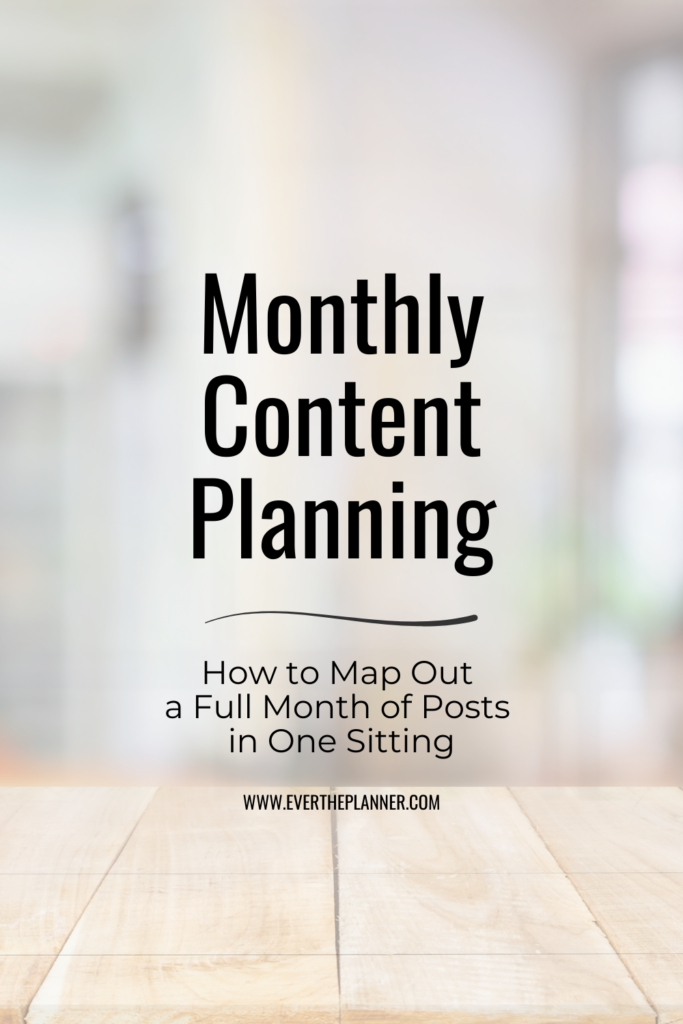
Do you ever sit down to post something and draw a total blank? You’re not alone. Creating content on the fly can lead to stress, burnout, and inconsistent results. That’s where monthly content planning comes in.
A simple monthly content strategy helps you stay ahead of the game by mapping out your posts all at once—so you’re not scrambling every time you need to hit publish. Whether you’re a blogger, business owner, or content creator, planning a full month of content in one sitting can save hours each week and keep your message clear and consistent.
In this post, you’ll learn how to build a realistic monthly content calendar—step by step. No fluff, no complicated tools, just a smart system you can stick to.
TL;DR:
Learn how to simplify your workflow with monthly content planning. This guide shows you how to build a clear monthly content strategy and create a content calendar you can actually follow.
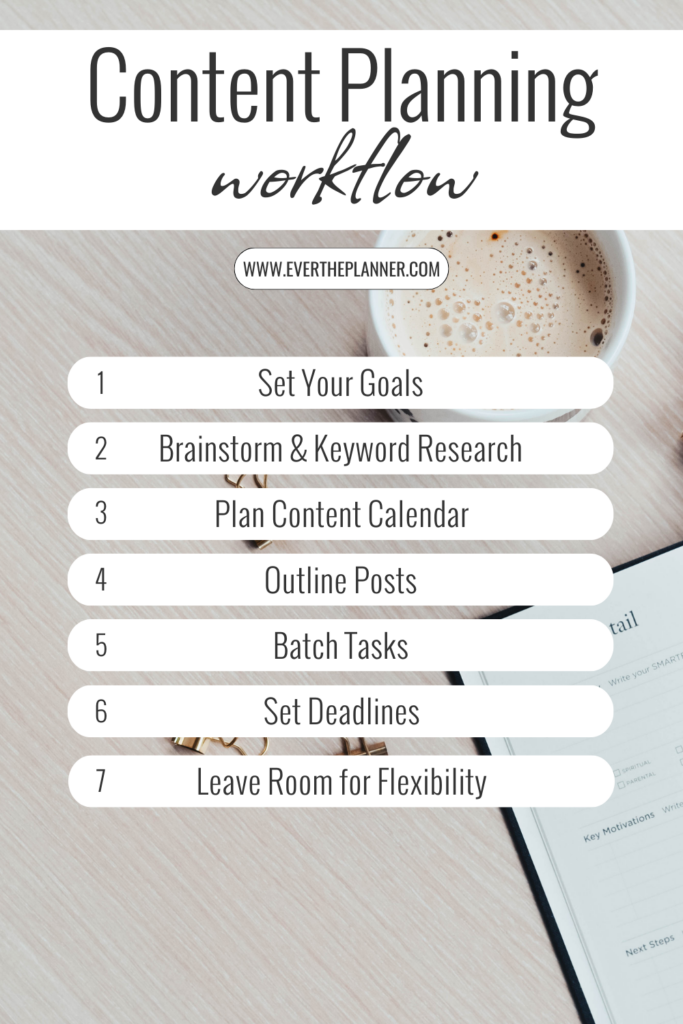
Step 1: Set Goals for Your Monthly Content Strategy
Before you plan your content for the month, take a step back and look at your content plan and goals.
What do you want your content to do? Maybe you want to grow your email list, bring more people to your website, or get more sales. Your monthly content strategy should help move you closer to those goals.
Next, think about your main content topics—these are called content pillars. They’re the big ideas your content focuses on. Most people have 3 to 5 pillars (such as productivity, mindset, and business tips).
Sticking to your pillars helps your content stay focused and makes it easier to come up with new ideas.
When you know your goals and your pillars, you won’t waste time on guessing what to post.
Every idea you come up with will have a clear purpose—and that’s the key to making a content calendar that’s easy to stick to.
Step 2: Brainstorm Ideas for Your Monthly Content Plan
Now that you’ve got your goals and content pillars in mind, it’s time to come up with blog post ideas for the month.
You don’t need a huge list—just 4 to 8 strong topics is enough to stay consistent and avoid burnout.
Start by thinking about what your audience wants to learn.
What questions do they keep asking? What advice or tips do you give often?
From there, use keyword research to find out what people are actually searching for online.
Here are a few easy ways to find keyword-based ideas:
- Google Autocomplete – Type in a topic and look at the suggested searches.
- Answer the Public – Get a list of real questions people are asking about your topic.
- ChatGPT – Find related keywords and content gaps.
- Pinterest Search – Type your topic into Pinterest’s search bar and look at the keyword bubbles that appear underneath. These are popular search terms people are using on Pinterest, which is especially helpful if your audience is visual or lifestyle-focused.
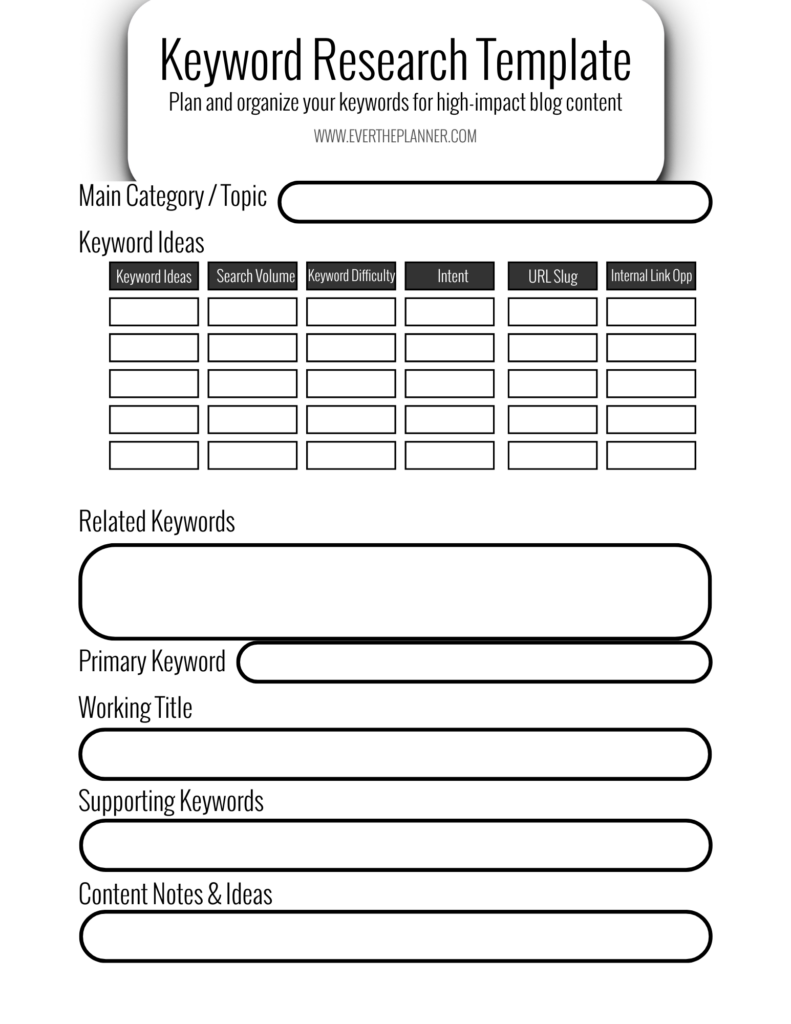
Don’t forget to check your own blog or social content, too. Sometimes your best ideas are things you’ve already shared in smaller pieces—now you just need to expand them into a full post.
You’re not aiming for perfect here—just useful, relevant, and searchable.
Once you have your ideas mapped out, you’ll be ready to start building out your content calendar.
Step 3: Build Your Monthly Content Calendar
Now that you have your content ideas, it’s time to decide when you’ll post them.
This is where your monthly content calendar comes in.
It helps you spread your ideas across the month so you’re not posting everything at once—or scrambling to create last minute.
Start by picking how often you want to post. For most people, one or two times a week is enough. That means you only need 4 to 8 posts for the month.
You can write them all at once or space them out over a few days.
Next, use a calendar to map them out. You can use Google Calendar, a planner, or even a simple paper calendar. Just write your post title or topic on the days you plan to publish.
For example:
- Week 1: Email Marketing Tips
- Week 2: How to Build an Email Sequence
- Week 3: What to Do With Your Email List
- Week 4: 15 Awesome Ideas for Your Next Email Blast
A clear schedule takes the guesswork out of your week and keeps you consistent. That’s the real power of monthly content planning—you always know what’s coming next.
Here are some amazing tools that I’ve personally used for planning out my content:
- Trello – Drag-and-drop makes planning a cinch. I can create a quick list of ideas and then drag them into the order that I want to work on and publish them. You can also assign due dates and labels to keep those babies nice and organized.
- Google Sheets – Honestly, my favorite place to absolutely dump ideas. I can go back later and search by keyword (CTRL+F) to find groups of ideas around a certain topic.
- Paper Planner – I’m a die-hard fan of Erin Condren planners. Go get one and thank me for it later!
- Content Clarity Workbook – Yes, I created it, and yes, I use it! This is my exact system for laying down a foundation for a sustainable and cohesive blog.
Step 4: Outline Your Posts for Better Monthly Planning
Once you know what you’re going to post and when, it’s time to outline your content.
Outlining helps you stay focused and makes writing a lot easier. It’s like having a map—you won’t get lost halfway through your post.
Keep your outline simple.
Start with a title or headline, then write down a few bullet points for the main ideas you want to cover.
Add a short intro, a few key points, and a closing thought or call to action.
Here’s a basic outline you can follow:
- Title
- Introduction (hook the reader)
- Main Point #1
- Main Point #2
- Main Point #3
- Conclusion and Call to Action
If you write social media or email content, you can outline that too. A strong outline saves time when you sit down to write and helps your message stay clear.
It’s a small step that can save you quite a bit of time during your planning process.
Step 5: Prep Content in Batches
Now that your posts are outlined, it’s time to start creating!
The easiest way to stay ahead is to prep your content in batches. This means working on similar tasks at the same time instead of jumping between different types of work.
For example, you can write all your blog post drafts in one session, then design your graphics the next day. Later, you can focus just on editing or scheduling.
When you group your tasks like this, it saves time and helps you stay focused.
Here are a few things you can batch:
- Writing blog posts or captions
- Creating images or graphics
- Editing and proofreading
- Scheduling posts or emails
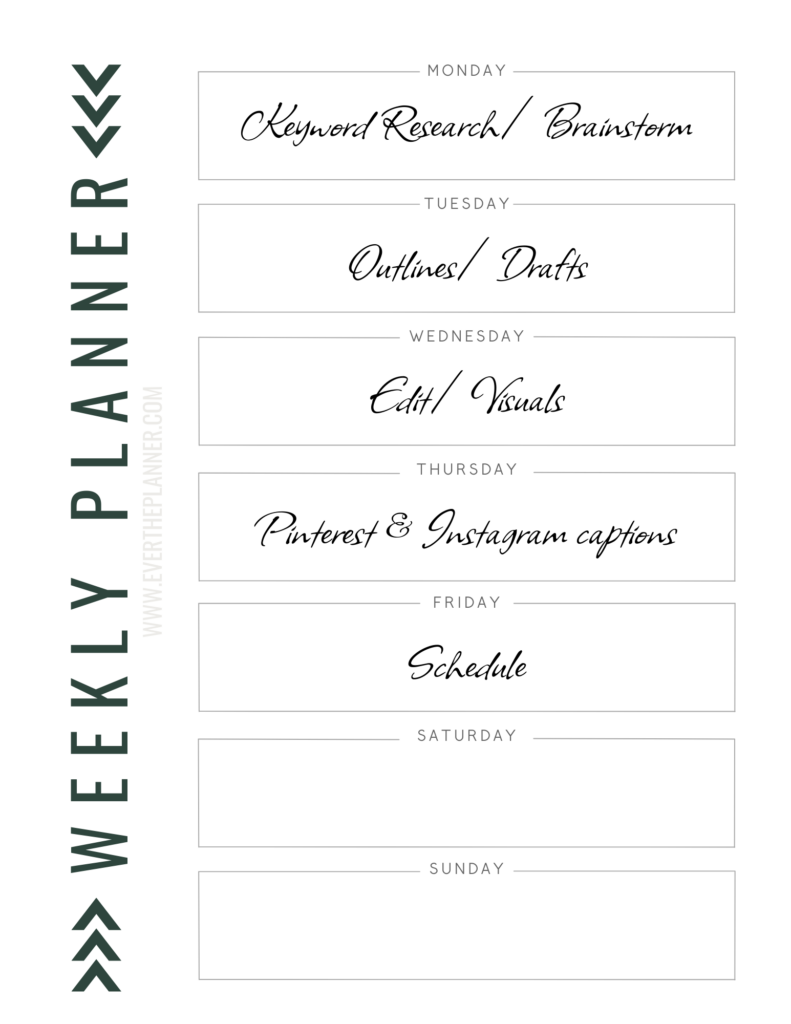
💡Pro Tip: Once you’ve written your blog posts, don’t forget the final step—a clean, well-edited post builds trust and keeps readers coming back. If you’d like a second set of eyes, I offer professional proofreading services tailored for bloggers. I’ll help you catch the little things, improve flow and clarity, and make sure your words shine—so you can hit publish with confidence. Learn more here.
You don’t need to batch everything in one day. Choose what works for your schedule and build from there.
Prepping content in batches is a simple way to reduce stress and make your monthly content planning way more manageable.
Step 6: Schedule or Set Deadlines in Your Monthly Calendar
Once your content is ready (or mostly ready), don’t just post it immediately.
Take a little time to schedule it or set deadlines for when it needs to be finished. This keeps you on track and takes the pressure off during busy weeks.
If you’re using a blog platform like WordPress.org, you can schedule posts to publish automatically on a future date.
The same goes for social media tools like Buffer or Later. Just choose the date and time, and your content will go live without you having to think about it.
If you’re not ready to schedule yet, set clear deadlines.
For example, decide when each draft should be done and when you’ll review or edit it.
Mark these dates in your planner or content calendar.
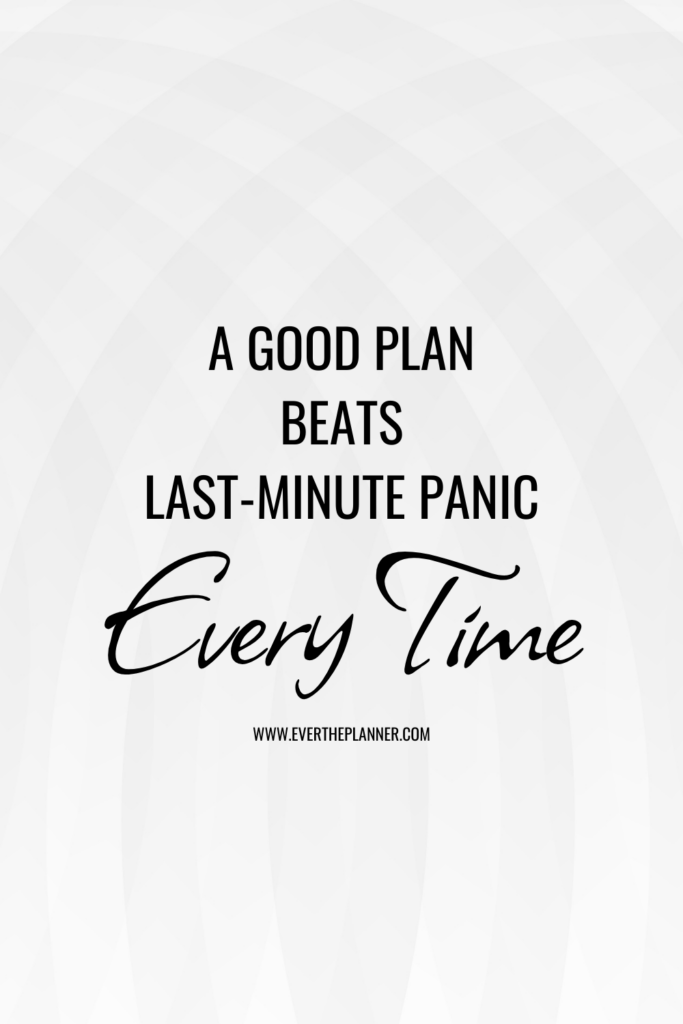
This step is all about keeping your plan moving forward. With a little scheduling and a few solid deadlines, your monthly content strategy becomes way easier to stick to.
Step 7: Leave Room for Flexibility in Your Content Plan
Even the best content plan can’t predict everything. Life gets busy, ideas change, or something unexpected pops up.
That’s why it’s important to leave a little space in your monthly content calendar for changes or adjustments.
Try not to plan every single day. Leave at least one “open” week or a few blank days where you can move things around if needed.
You can use that time for admin, updates, or just catching up.
Remember that it’s okay to change your plan.
If a post no longer feels right or a better idea comes along, it’s totally fine to switch things up.
The point of a monthly content strategy is to stay consistent in your content output—not to feel stuck with ideas that no longer serve your goals.
Flexibility helps you stay creative without feeling overwhelmed.
When you give yourself room to breathe, you’ll be more likely to stick with your plan and actually enjoy the process.
Final Thoughts: Make Monthly Content Planning Work for You
Monthly content planning can come in clutch on the days when brain fog takes over and fatigue keeps new ideas at bay.
When you break content planning down into simple steps, it becomes a lot easier to stay organized and show up consistently.
Let’s do a quick recap:
- Review your goals and content pillars
- Brainstorm 4–8 post ideas
- Choose a posting schedule
- Outline each post
- Prep content in batches
- Schedule or set deadlines
- Leave room for flexibility
Start with working on a plan for the next two weeks and see how well it works with your schedule and how your mind works. Adjust it until it fits what you need it to do.
Once you’ve got your content plan established and a workflow going, you’ll find it much easier to create and publish on a schedule.
Want to see how monthly content planning fits into your overall blog strategy? Start here with How to Create a Content Plan for Bloggers—it breaks down the big picture so your monthly plan fits your long-term goals.
✨Need help turning your content ideas into a system you can stick to? Grab my free Content Clarity Workbook—it’s designed to help bloggers map out a simple, stress-free content plan that actually works.
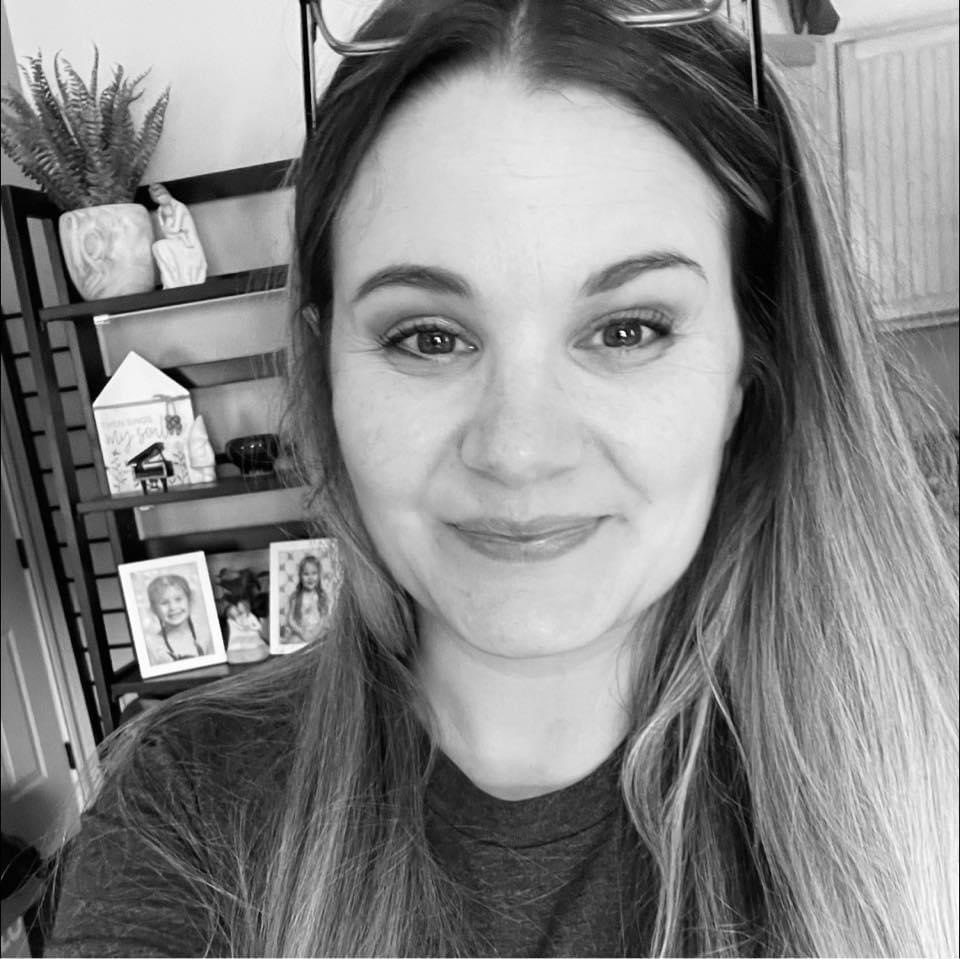

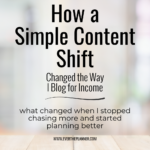
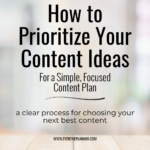

Be the first to comment